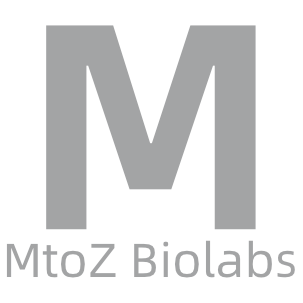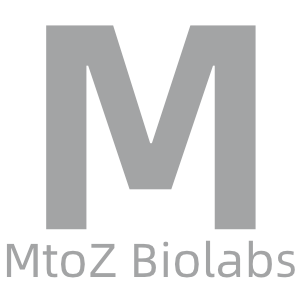Mechanism of Protein Analysis
Protein analysis is integral to modern biochemical and biopharmaceutical research. Understanding the mechanisms of protein analysis is crucial for elucidating protein structure, function, and interactions. These insights are essential for advancing our knowledge of cellular processes, disease mechanisms, and therapeutic development. This article explores the mechanisms underlying protein analysis, emphasizing the methodologies, applications, and challenges involved.
Mechanisms of Protein Analysis
1. Extraction and Preparation
The initial step in protein analysis involves extracting proteins from biological matrices such as tissues, cells, or fluids. This process typically includes:
(1) Cell Lysis: Breaking open cells to release their contents.
(2) Protein Solubilization: Using detergents or other reagents to solubilize proteins while maintaining their functionality.
2. Protein Separation
Separation techniques are employed to isolate proteins based on their physical and chemical properties. Key methods include:
(1) Electrophoresis: Techniques such as SDS-PAGE (sodium dodecyl sulfate-polyacrylamide gel electrophoresis) and 2D-PAGE (two-dimensional gel electrophoresis) separate proteins by size and charge.
(2) Chromatography: Methods like liquid chromatography (LC) and high-performance liquid chromatography (HPLC) separate proteins based on their affinity for the stationary and mobile phases.
3. Protein Detection and Identification
Advanced analytical techniques are used to detect and identify proteins and their modifications. These include:
(1) Mass Spectrometry (MS): A powerful tool for protein identification and characterization, MS measures the mass-to-charge ratio of ionized protein fragments.
(2) Ionization Source: Converts protein samples into ions using techniques such as electrospray ionization (ESI) or matrix-assisted laser desorption/ionization (MALDI).
(3) Mass Analyzer: Separates ions based on their mass-to-charge ratio. Common analyzers include time-of-flight (TOF), quadrupole, and orbitrap.
(4) Detector: Records the abundance and mass of the ions.
(5) Nuclear Magnetic Resonance (NMR) Spectroscopy: Provides detailed information about the three-dimensional structure of proteins in solution, aiding in understanding protein folding and interactions.
4. Protein Quantification
Quantification involves measuring the abundance of proteins in a sample. Techniques include:
(1) Isotope Labeling: Methods such as stable isotope labeling by amino acids in cell culture (SILAC) and isobaric tags for relative and absolute quantitation (iTRAQ) allow precise quantification of protein abundance.
(2) Enzyme-Linked Immunosorbent Assay (ELISA): A widely used technique for quantifying specific proteins using antibodies.
5. Analysis of Protein Modifications
Post-translational modifications (PTMs) significantly impact protein function and activity. Techniques for analyzing PTMs include:
(1) Phosphorylation Analysis: Identifying and quantifying phosphorylated proteins using MS and phospho-specific antibodies.
(2) Glycosylation Analysis: Detecting glycosylated proteins using lectin affinity chromatography and MS.
(3) Acetylation and Ubiquitination: Characterizing these modifications through immunoprecipitation followed by MS analysis.
Applications
1. Disease Diagnosis and Biomarker Discovery
Identifying disease-associated proteins and biomarkers for early diagnosis and prognosis.
2. Drug Development
Understanding protein interactions and modifications is crucial for developing targeted therapies.
3. Functional Genomics
Linking protein function to genetic information enhances our understanding of gene expression and regulation.
4. Structural Biology
Determining protein structures aids in understanding their functions and interactions at the molecular level.
Challenges and Future Directions
1. Sample Complexity
Biological samples are complex mixtures, requiring extensive preparation and separation steps.
2. Instrumentation Cost and Maintenance
Advanced techniques require expensive equipment and specialized training.
3. Data Analysis Complexity
Interpreting large datasets demands sophisticated computational tools and expertise.
Future directions in protein analysis involve developing more sensitive and specific techniques, reducing sample complexity, and improving data analysis methods. Innovations in these areas will enhance our understanding of the proteome and drive scientific and medical advancements.
Understanding the mechanisms of protein analysis is essential for advancing biochemical and biopharmaceutical research. This article has outlined the key methodologies, applications, and challenges of protein analysis, emphasizing its role in elucidating protein structure, function, and interactions. Despite the challenges, ongoing advancements in protein analysis techniques will continue to drive scientific progress and therapeutic development.
How to order?







